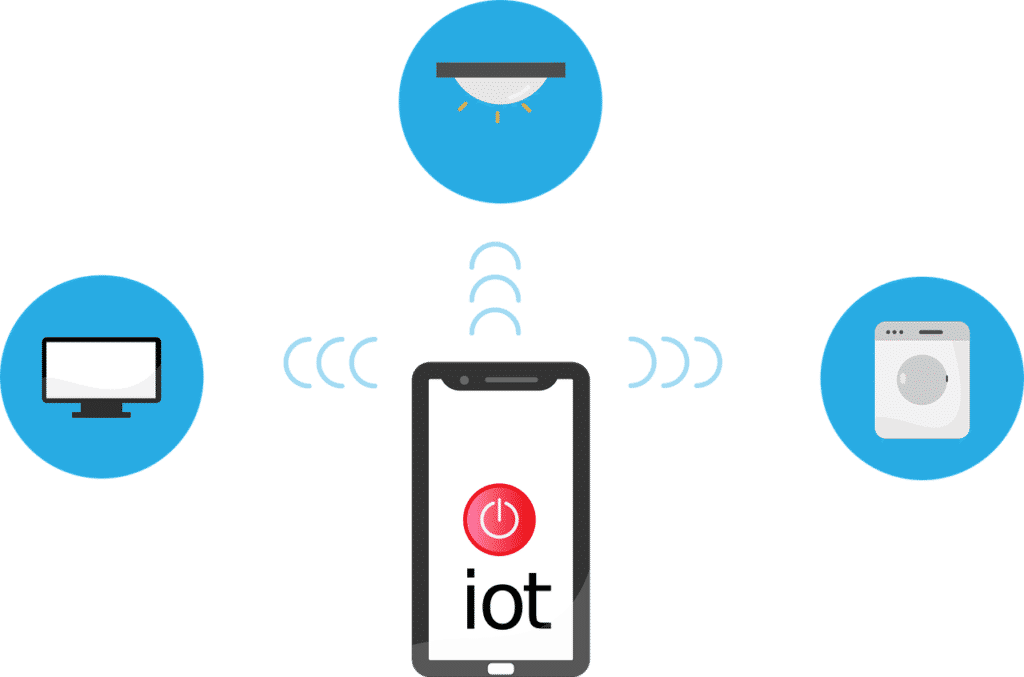IoT Device Security: We're All Responsible
IoT Device Security: We're All Responsible
- Last Updated: December 2, 2024
Red Alert Labs
- Last Updated: December 2, 2024



As a relatively new technology, the Internet of Things (IoT) is making such an impact on our world, it’s become known as the third digital revolution. It comes as no surprise, considering all the possible uses of IoT and how easy it is to start relying on connected devices.
Unfortunately, connectivity to the Internet also carries some inherent risks, as the French Ministry of Interior recently warned French companies. In an attempt to illustrate the perils of IoT, they used real examples of companies that had been exploited through IoT vulnerabilities. These types of warnings to companies are essential for cybersecurity since we can minimize the impact of IoT vulnerabilities by educating its users on how to protect themselves from cyber criminals.

Image Credit: Pixabay
Different Examples of IoT Exploitation
The scope of IoT security problems is enormous, owing to the sheer variety of different devices with internet connectivity. One of the first real examples of IoT exploitation comes from a company that offers a tool to customers to manage and analyze real-time data from connected industrial sensors through a remotely-operated platform. Without proper cybersecurity, these kinds of solutions are disasters waiting to happen. If the system were to be breached through the inter-connected devices, all that valuable data from different clients would be exposed to those who might use it for sabotage.
Then, there are security devices companies use in the workplace, such as cameras, alarms, smoke detectors, etc. If they’re connected to the company’s networks to be accessed from the internet, they become vulnerable points of entry. The same goes for devices you wouldn’t think could be hacked, such as smartwatches. Cyber criminals can gain control over the device’s sensors, including its microphone, which might be the most troubling outcome, considering the information they could obtain this way is often sensitive.
Prevention of IoT Exploitation
With so many vectors of attack to worry about, taking proper preventative measures and learning more about cybersecurity is the most companies can do. It’s up to IoT manufacturers and developers to come up with a unified cybersecurity standard that would ensure all inherent IoT vulnerabilities are dealt with. However, until that happens, there are a few things businesses can do to ensure they’re safe:
- Always update their device software promptly
- Identify the possible vulnerabilities of the devices they use
- Perform a risk analysis before authorizing the use of any new IoT device
- Educate employees on the weaknesses of IoT and how they can be beaten on a daily basis
- Have a cybersecurity policy in place
Key Takeaways
Despite offering ease of use, greater connectivity and the ability to control our electronic devices and get more value out of using them, IoT has some inherent vulnerabilities that need addressing. Part of this task lies on the shoulders of IoT developers and manufacturers, but until a security standard is in place, IoT users must be aware of what they can do to protect themselves.
It's especially important for businesses that stand to lose a lot of valuable data as well as the trust of their customers. To stay protected, always make sure to stick to the best practices of IoT security.
The Most Comprehensive IoT Newsletter for Enterprises
Showcasing the highest-quality content, resources, news, and insights from the world of the Internet of Things. Subscribe to remain informed and up-to-date.
New Podcast Episode

IoT and AI in 2026
Related Articles
Securing the Mobile IoT Workforce: Why Enterprise Mobile Security Is Critical Infrastructure
January 14, 2026

Why AI Risk Visibility Is the Future of Enterprise Cybersecurity Strategy: Q&A With Srikanth Ambatipudi
January 2, 2026

Practical Encryption Strategies for Securing the Post-Quantum IoT
December 26, 2025
